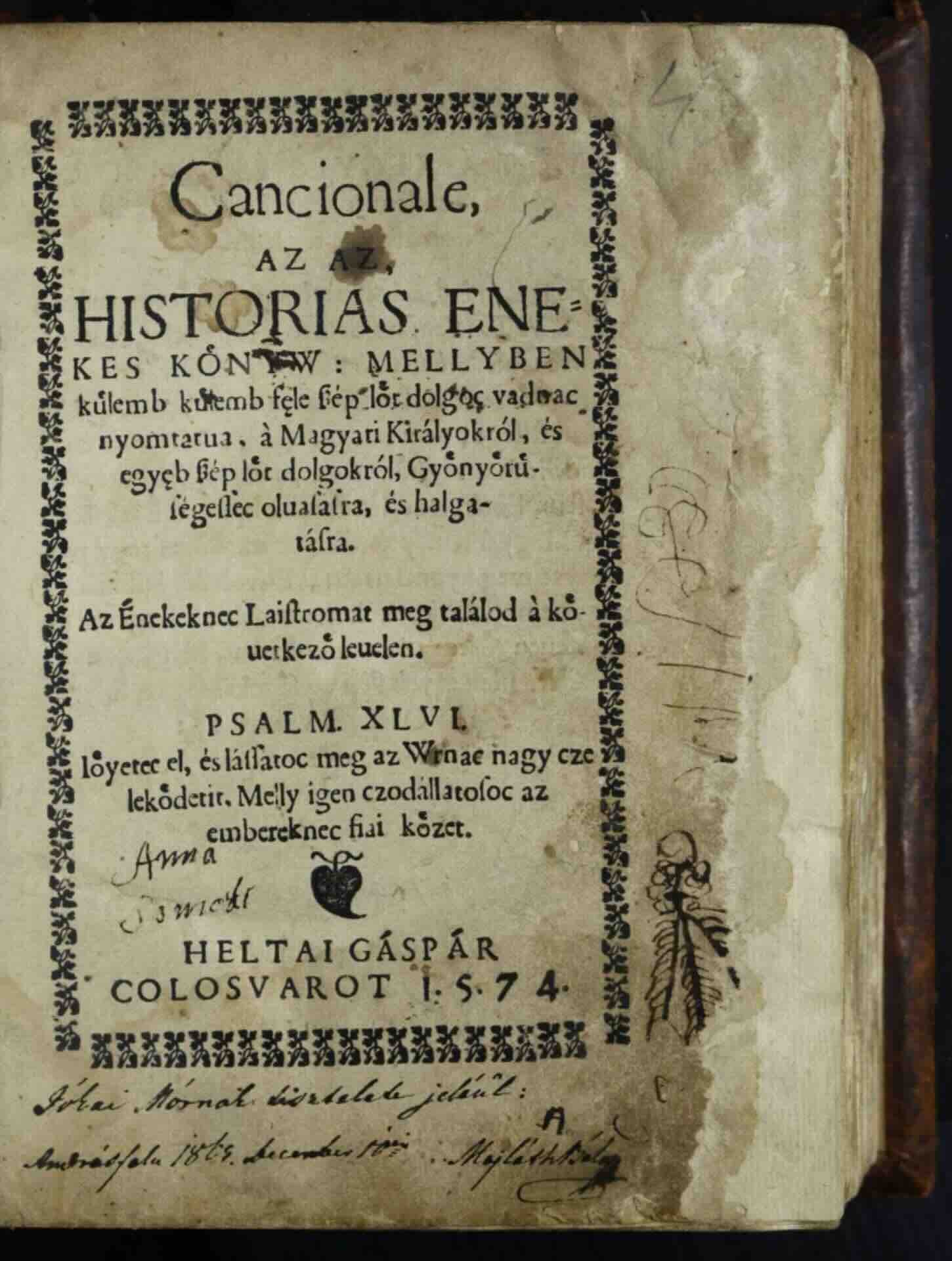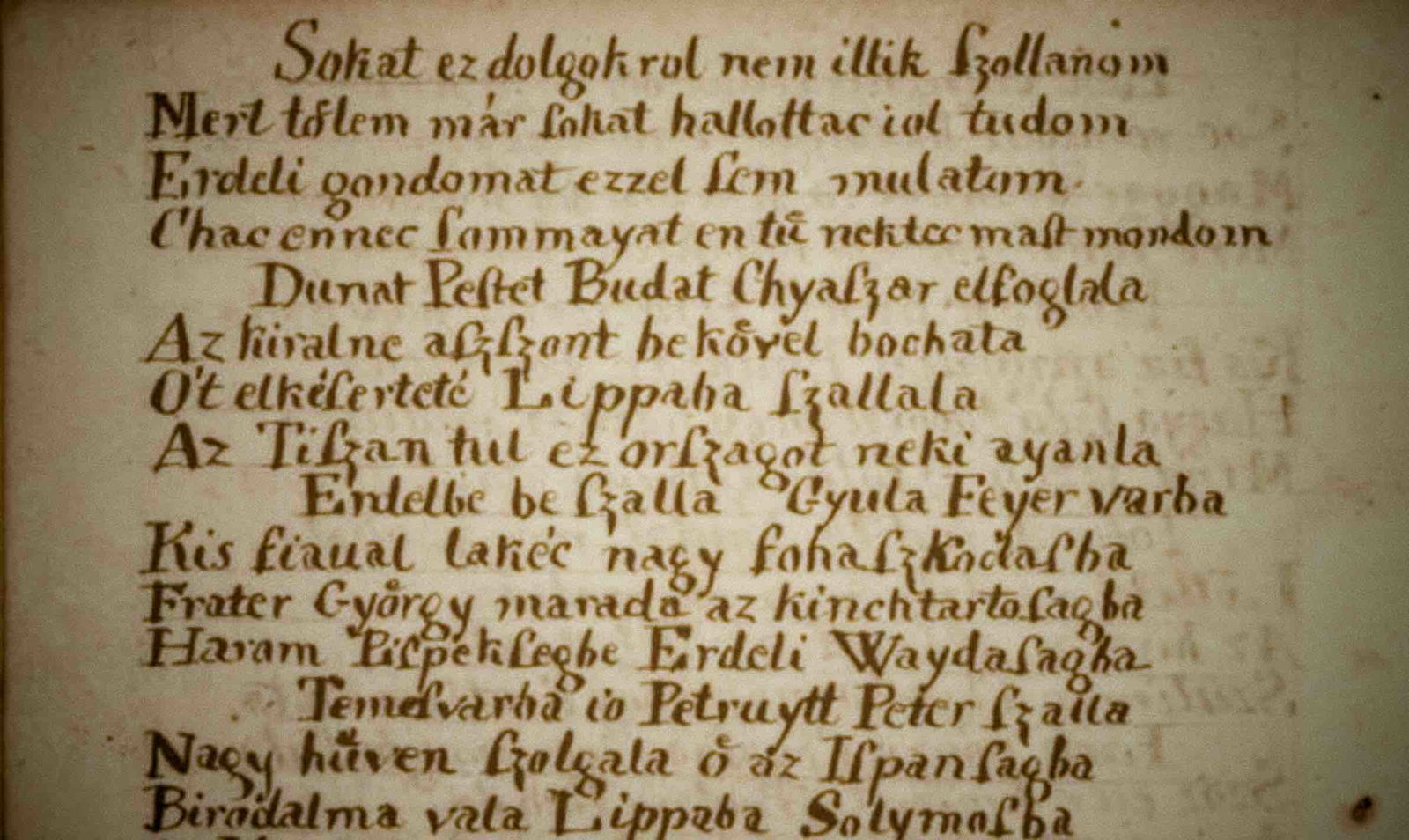A period of regional cooling that occurred centuries ago is coming to life for modern researchers, thanks to rare surviving firsthand accounts written by those experiencing rapid climate change during the 17th century.
First identified in 1939, the Little Ice Age was a colder climate period between the 16th and the 19th centuries, during which the North Atlantic region experienced dramatic cooling. Now, centuries-old diaries discovered in Transylvania are helping illuminate our understanding of this unusual climate event.
Revealing the Climate’s Past
Climatologists analyze various natural climate data repositories to understand Earth’s past. Glaciers, sediments, and pollen convene to form a kind of “nature’s archive” from which natural scientists can extract crucial data about the past.
Humans offer their own scattered archives, which must be collected and appraised through interdisciplinary work between scientists and humanities scholars as they comb diaries, travel notes, parish or monastery registers, and other written documents for any passing reference to climate-related concerns.
The latest example of such work is a project from the University of Oradea that investigates these primary sources to understand how climate change impacted 16th-century Transylvanians.
“We show that the climate was marked by significant variability, including prolonged periods of drought, heatwaves, and episodes of intense rainfall and flooding,” said Tudor Caciora, a researcher at the University of Oradea and co-author of the study. “The study illustrates the complex interplay between heat waves, droughts, floods, and their cascading impacts on agriculture, public health, and societal stability, emphasizing the significant role of climate in shaping human history.”
A Hot Dry Beginning
Intriguingly, the Little Ice Age was preceded by unusually hot and dry weather in the first half of the sixteenth century. Correspondingly, one document from the period also evidences harsh summer conditions.
“One compelling passage comes from a historical document describing the Summer of 1540. ‘The springs dried up, and the rivers dwindled to mere trickles. Livestock fell in the fields, and the air was thick with despair as the people gathered in processions, praying for rain,’” said Caciora. “This vivid account underscores the emotional and spiritual dimensions of living through climatic extremes.”


Heavy rain and flooding impacted the area during the second half of the century, with the intensity peaking in the 1590s. Still, the region only cooled by half a degree Celsius, much less than Western Europe experienced at the time.
“This makes us believe that the Little Ice Age could have manifested itself later in this part of Europe,” said Caciora. Later writings that mention more cold waves and severe winters support this thesis.
Civilizations Shaped By Climate
Extreme weather carries catastrophic repercussions for humans beyond immediate concerns like storm damage. Lasting climate instability contributed to bubonic plague, 23 years of famine, and nine years of locust invasions. These devastations shaped civilizations through altered human settlement patterns, evidencing that climate impacts humanity in myriad ways.
“Towns might have adopted flood-resistant infrastructure or migrated to more favorable areas. The challenges might also have spurred technological innovations, such as improved irrigation systems or storage facilities,” Caciora explained.
An Imperfect Climate Record
While the research reveals insights into how humans respond to the changing world, the findings remain limited. Due to low literacy rates, highly subjective concerns, and the narrowly local lives people lived at the time, reports do not present a broadly inclusive view.
Additionally, some writings were scattered amid gaps of up to fifteen years, or sometimes involved periods where separate record sources were contradictory enough that the team could not distill an objective estimation of events from the period.
Still, the team successfully gleaned several valuable insights about the past from their analysis of the human record.
“Studying climate records from the society’s archive is as crucial as analyzing natural proxies,” Caciora explained. “It provides a human-centric perspective on past climatic events.”
The paper “Reconstruction of Climatic Events from the 16th Century in Transylvania: Interdisciplinary Analysis Based on Historical Sources” appeared on February 12, 2025, in Frontiers in Climate.
Ryan Whalen covers science and technology for The Debrief. He holds an MA in History and a Master of Library and Information Science with a certificate in Data Science. He can be contacted at ryan@thedebrief.org, and follow him on Twitter @mdntwvlf.

